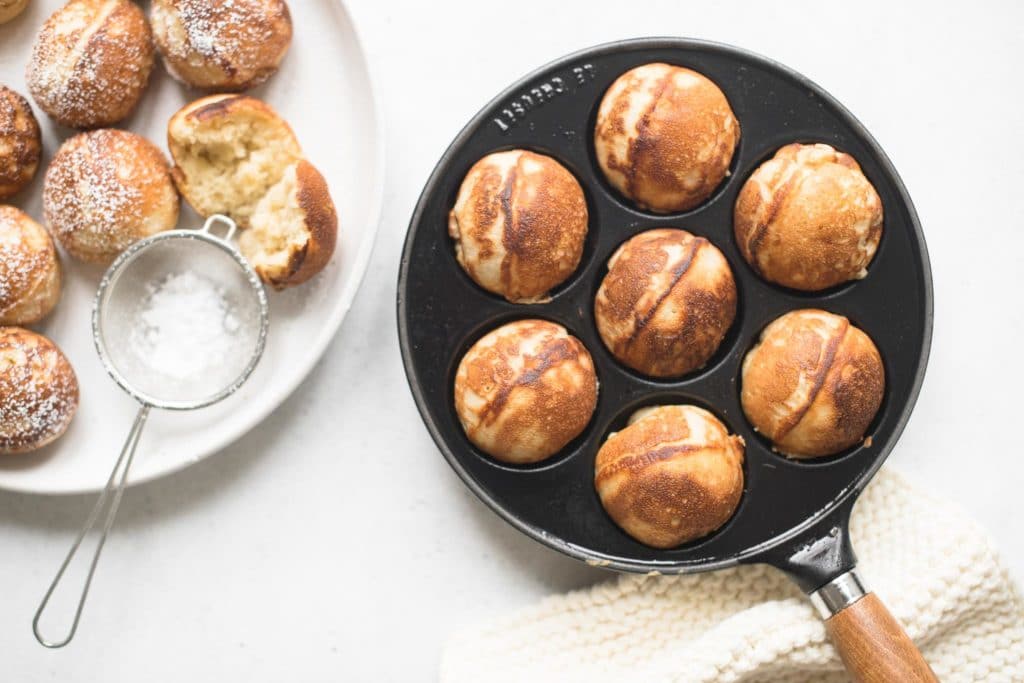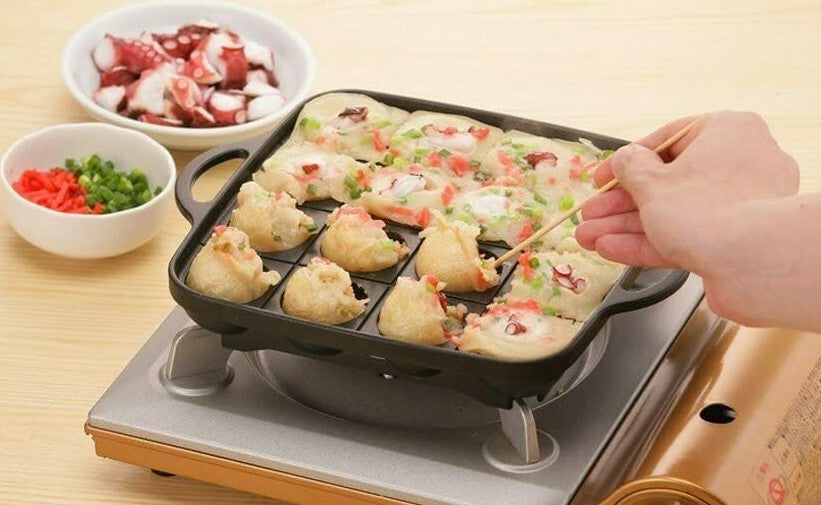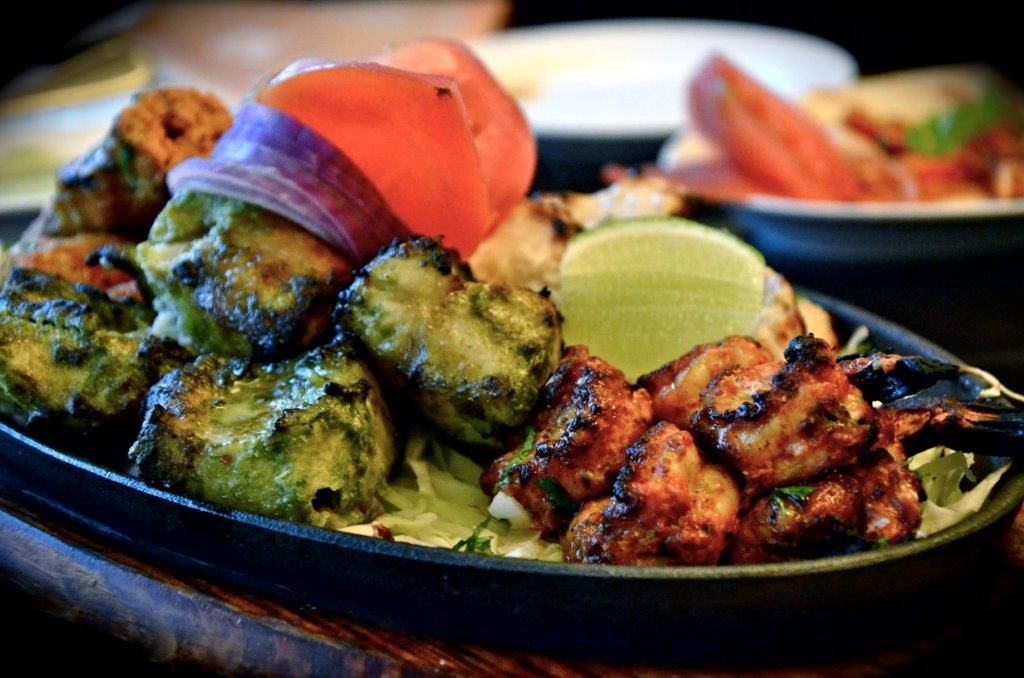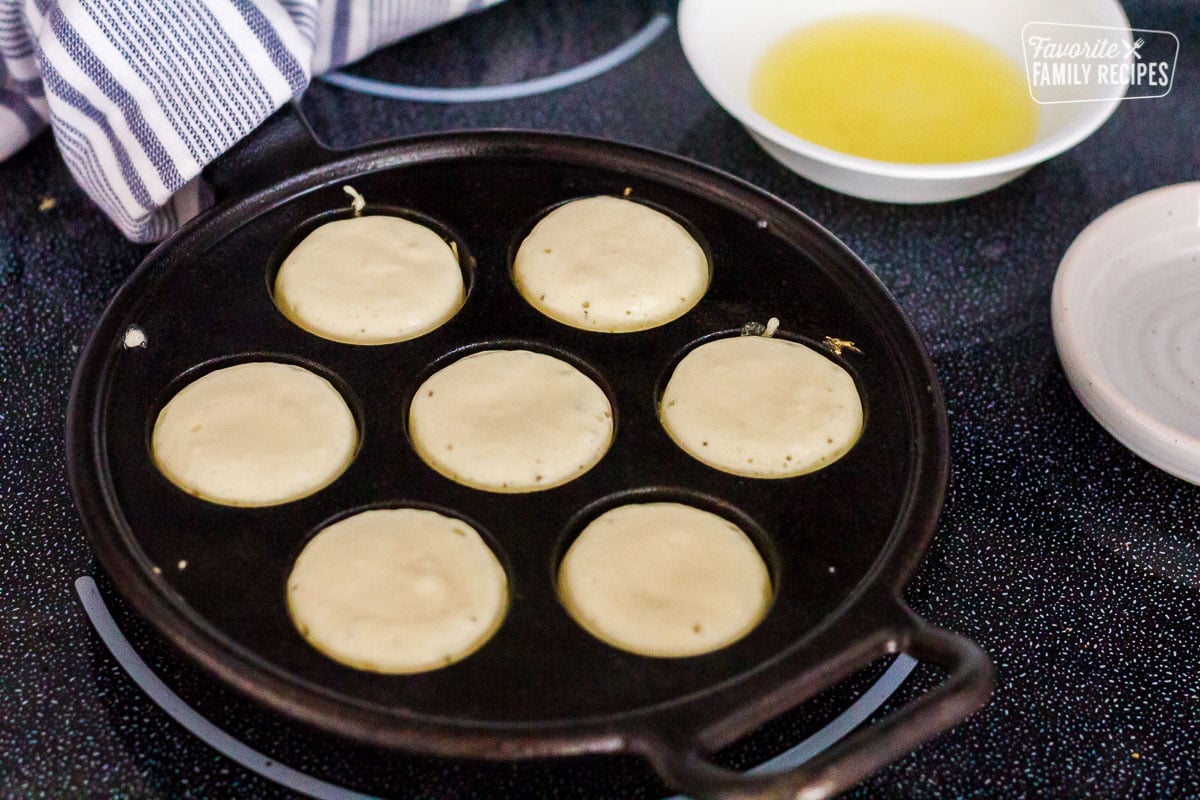The world of culinary arts has seen myriad innovations over the centuries, but few delights offer both simplicity and complexity as much as the beloved Japanese street food, Takoyaki. The rich 'The History of Takoyaki and the Evolution of Its Pan' is a profound narrative about culinary adaptation and invention.
Developed in the bustling streets of Osaka, Takoyaki has become a favorite for many, transcending the boundaries of its origins with its unique mix of savory and umami flavors packed in a tiny ball of batter. Essential to mastering the art of Takoyaki is its specially crafted pan. The narrative of Takoyaki and its pan is not just an account of a food item, but a reflection of the cultural and technological evolution occurring in Japanese cuisine.
Takoyaki appeared in the early 20th century in Osaka, Japan. Street vendors, endeavoring to capture the essence of the sea, innovated a new food item using basic ingredients like flour, eggs, dashi, and tempura scraps. Octopus, being abundantly available, was an ideal filling, lending Takoyaki its distinct flavor profile. The fierce competition among street vendors drove continuous experimentation, eventually perfecting the small, ball-shaped delicacy we recognize today.

The Role of the Pan: From Specialization to Perfection
The Takoyaki pan is integral to achieving the perfect consistency and spherical shape of the dish. Originally, these pans were mere adaptations of griddles used for other food items. The pans were later designed specifically with half-spherical molds to cook the batter evenly, ensuring a crispy outer layer while maintaining a soft interior.
The evolution of the Takoyaki pan exemplifies adaptation within culinary technologies. Initially crafted from cast iron, these pans demanded skillful handling over open flames. Over time, modern materials like non-stick coatings have been adopted to facilitate ease of use in professional kitchens, making the art of Takoyaki more accessible without compromising on tradition.
The Rise of Takoyaki in Global Cuisine
Takoyaki's journey did not stop within the confines of Japanese street culture. The world began to take notice, and soon Takoyaki fervor spread beyond Japan's borders. Venues around the globe now include Takoyaki as part of their menu, appealing to audiences seeking authentic Japanese flavors.
Moreover, the fascination with Takoyaki has induced many kitchens to invest in specialized pans, as seen in discussions about cookware like the Aebleskiver Pan vs Takoyaki Pan. This rise showcases Takoyaki not only as a dish but a cultural exchange.
Mastering the Takoyaki Pan
For kitchen professionals seeking to add an authentic touch to their repertoire, mastering the Takoyaki pan is essential. The following are key considerations:
Cooking Techniques
Learning how to rotate the batter using skewers results in perfectly formed octopus balls. The art lies in timing; knowing when to turn and when to let the ingredients meld into a harmonious blend.
Maintenance and Care
Extending the life of your Takoyaki pan requires regular maintenance. Strategies shared by culinary experts in blogs such as how to clean and maintain a Takoyaki pan are invaluable. These techniques ensure that each dish prepared is as exquisite as the first.
Takoyaki Today: A Symbol of Culinary Fusion
Today, Takoyaki represents a marriage of tradition and innovation, with variations incorporating cheese, different meats, and even vegetarian options to cater to diverse palates. Its adaptability has invited fusion cuisines, allowing chefs worldwide to introduce their own spins on this Japanese classic.
Its presentation ranges from traditional with a generous sprinkle of bonito flakes to modern interpretations served alongside items typically found in western cuisine. This cross-cultural exchange has further solidified Takoyaki's place on the global culinary stage.
In business realms dealing with food presentation and design, more inquiries are made including the difference between devices like a Pie Iron vs Sandwich Press. This reflects an increasing interest in equipment that provides variety and authenticity in culinary offerings.

FAQ
What is the origin of Takoyaki?
Takoyaki originated in Osaka, Japan, in the early 20th century, originally emerging as a street food delight.
How has the Takoyaki pan changed over time?
The Takoyaki pan has evolved from simple cast iron molds to modern non-stick versions, reflecting advances in culinary technology.
Why is Takoyaki popular worldwide?
Takoyaki's unique flavor, versatile recipe options, and the cultural exchange it represents have helped increase its popularity internationally.
Further insights and detailed recipes for preparing exquisite dishes in Takoyaki pans can be found on platforms like 5 must-try recipes, which provide culinary professionals with creative avenues for exploration.
This article contains affiliate links. We may earn a commission at no extra cost to you.






Leave a comment
This site is protected by hCaptcha and the hCaptcha Privacy Policy and Terms of Service apply.